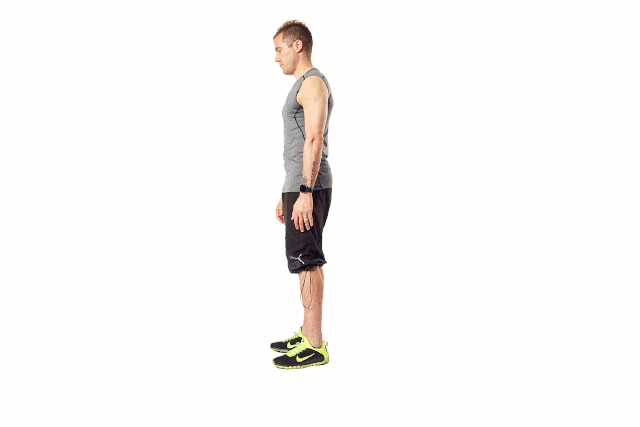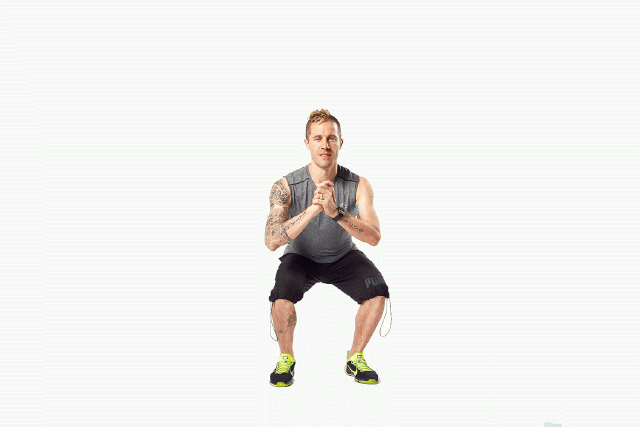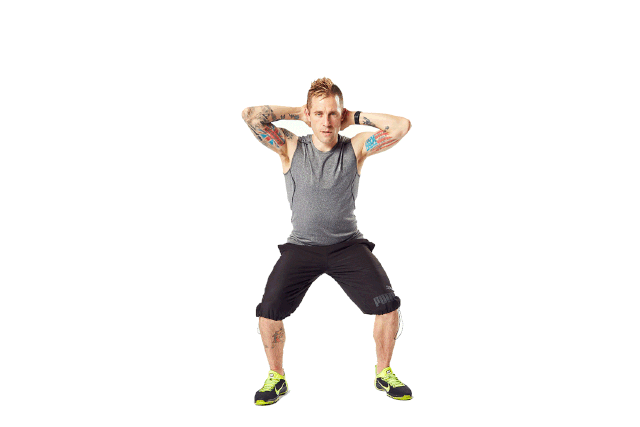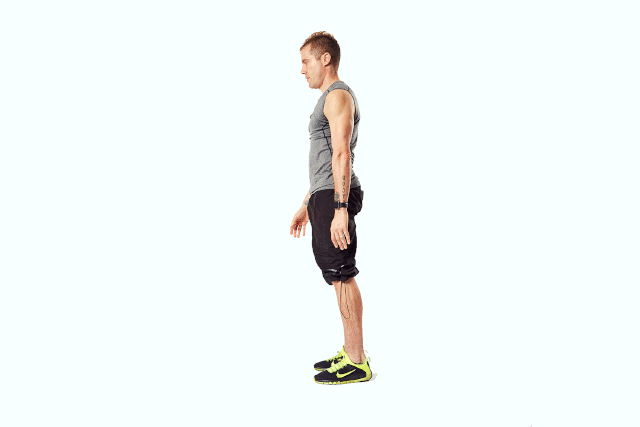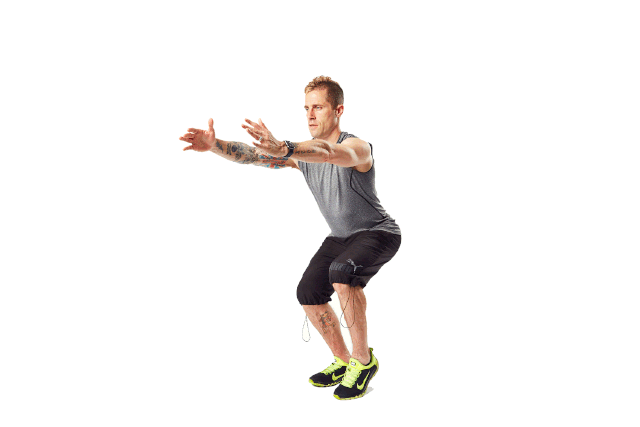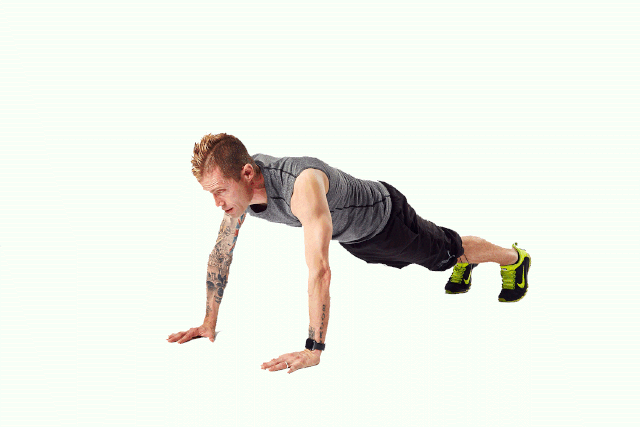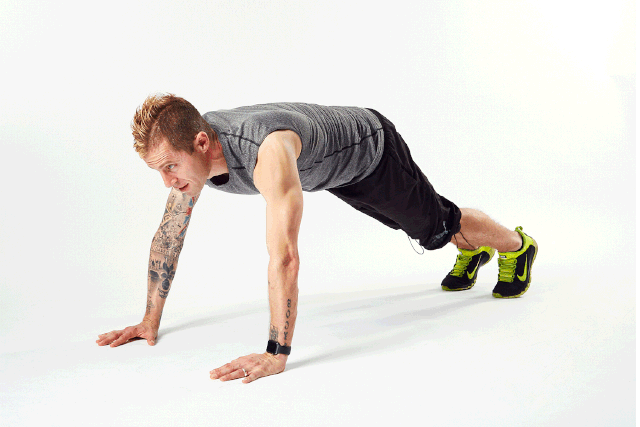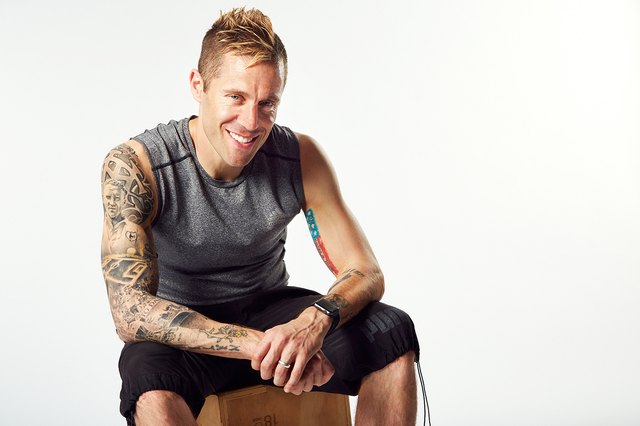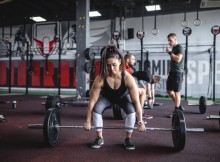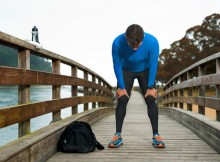Simple modification for the strongest action
Advertisements
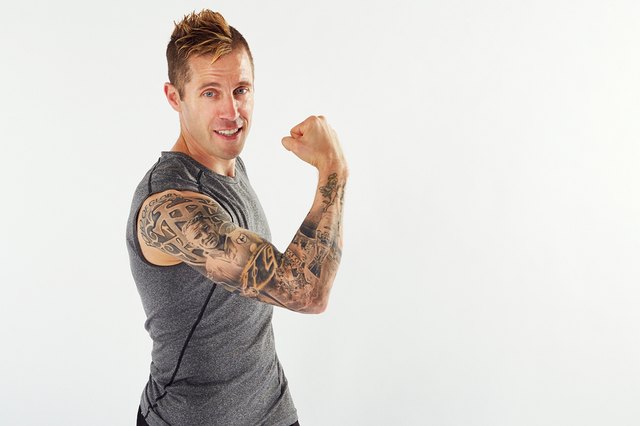
Advertisements
are you ready to become stronger? Livestrong.com and Nicky holender's video training series will help you build muscle and burn calories. If you are just starting to exercise, or have injuries or weaknesses, you may struggle with some movements. No problem! As long as you keep exercising, you will see the result. But if you're a little confused about how to adjust your movements to your fitness level or injury, keep reading some suggestions that will make things easier.
Credit: Travis McCoy / Livestrong. Com bottom line: don't do this if it's painful. Even these changes - especially if you get hurt. If you have a shoulder injury, do lower body exercises. If you feel pain in your wrists, make sure you use the right form, then relax the push ups and plank for a while until your wrists get stronger. If your knees or hips are weak, do not do any lunges or squats. If you can't do it at all, try stepping in place, or changing from any other intensity workout you can do. credit card: Travis McCoy / livestrong.com Credit: Credit: Travis McCoy / Livestrong. Com lunge and all its changes are very suitable for shaping a thin and strong lower body. But if your knee gets weak or hurt, it's bound to increase the pain. A slight jump in this action will put a lot of pressure on your joints. If you have problems with your knees, don't do lunges that deep. Even tiny pulses that bounce up and down can help you feel burning and burning calories! Or skip all the pulses and swing your arms left and right, remembering to use your abs. points: Credit: Travis McCoy / Livestrong. Com anyone who has experienced stronger training knows how cruel this action is! If this hurts your knee, don't jump, but walk to the corner and don't bend too far. You have to start from the front. Step by step face the right side, step by step face the rear, step by step face the left side, and then step by step face the front. Once you get back to the starting point, reverse the direction. If you can't make this change, try a deeper static squat. The credit: any type of squat is good for your booty! Even such a modification is so. Start standing with feet a few inches apart and knees slightly bent. Keep your hands on one side and keep your balance. Don't jump. You squat with your feet apart and your feet together - while keeping your knees bent. As with any squat based movement, you can reduce the depth of the squat to fit the knee. integral: Travis McCoy / livestrong.com here is: Nicky holder's signature full body strength movement is designed for stronger training. There are many things about it, but stick with it and you'll see the results soon. Here's how to make a low impact version: start standing. Put your feet back on the board, then put them back on your hands and stand up. Put your feet back on the board and climb four times. Stand up. Complete two squats and adjust the depth to your level of ability. You'll walk a little slower, but you'll still feel your muscles working. Contribution: Credit: Travis McCoy / livestrong.com this action combines strength, aerobic exercise and a little plyometrics. But if you're not ready for the full version - start with the plank, jump your foot on your hand, and then run your foot back to the start - try one of these modifications. Mountaineers don't sprint. Keep a push up position with knees on your chest one at a time. In order to improve, don't jump from the full version, just put your feet on your hands, and then walk your feet back. Credit: Travis McCoy / livestrong.com Credit: Travis McCoy / Livestrong. Com have you tried stronger training? Which action is the most difficult? Did you revise those exercises? Are these changes helpful? Join the conversation in the comments below! Credit: Travis McCoy / livestrong.com Advertisements modification for pain and injury
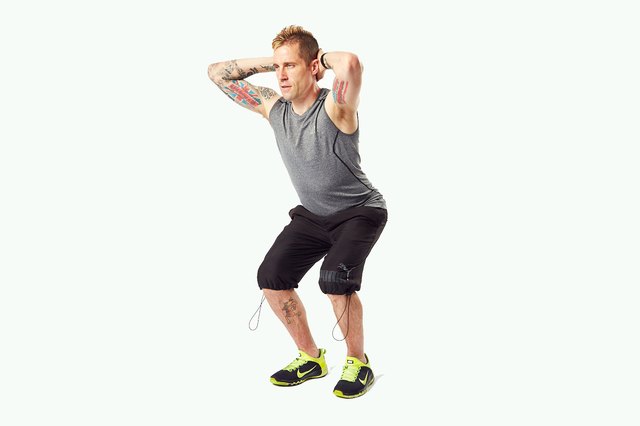
1. After 60 seconds, you will feel tired. The complete version of this action is to let you bend down while running and touch the ground with your outside hand. But if you're worried about the safety of your knees, slow down a few steps, especially when you change direction. Make it more like a gentle, side-to-side shuffle, keeping your knees just slightly bent. Don't bend over and touch the floor.
2. Don't let this move make you grumpy! If you can't do the full movement (face up, hands and feet in balance, hips up, walking back and forth), keep the crabs equidistant. If your wrists get hurt, make sure to keep them away from your body. If it still hurts, try to balance it with a clenched fist or replace it with a gluteus major bridge. You can only move forward if you can hold the position for 45 seconds. Keep in mind that you can also use this modification for flipping crab movements.
3. No one seems to expect Bobby. For the novice or the injured, it's double. To make changes, first return to Burpee at a slower rate, rather than jumping. An easier modification than shown in "strong" is to perform on a slope with hands on a bench / step / chair / sofa rather than always on the floor. If it's still too hard, just do a squat to strengthen your legs. When the squat becomes easier, do another modified squat. You can also modify the single leg Burpee and Burpee knee tap.
4. The jumping switch pulse
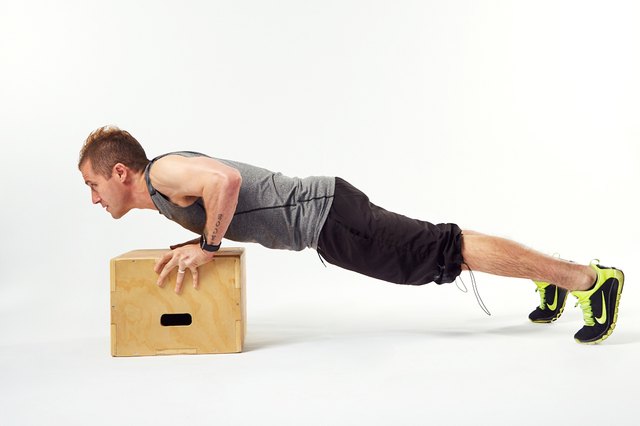
5. If you're not quite ready to defeat your inner '80s thunderdancer, try one of these changes. You can skip the one arm part, just squat down, back up, raise one arm (so you can still get the core benefits), and then reverse. If this is still too hard, try a standing knee bend jump Jack change. Starting from standing, jump one foot behind the other as if you are bending your knees, then lift your arms over your head. Jump back to standing and move on to the other side. Or you can simply cross the range of motion.
6. Rain dance warrior
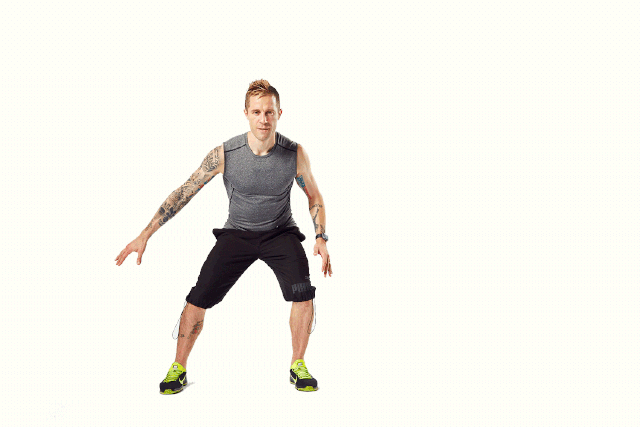
7. Prisoner squat Jack
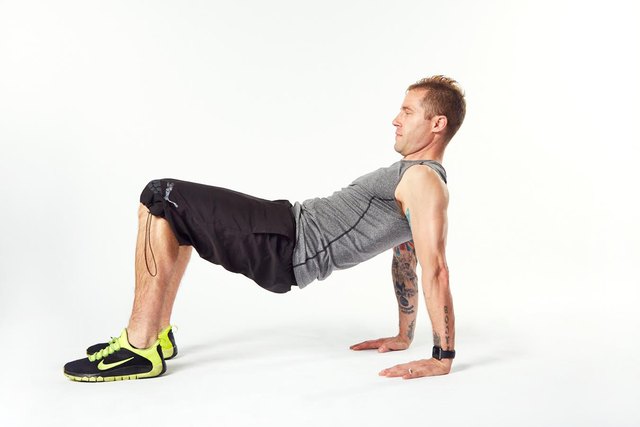
8. Nicky one hundreds of
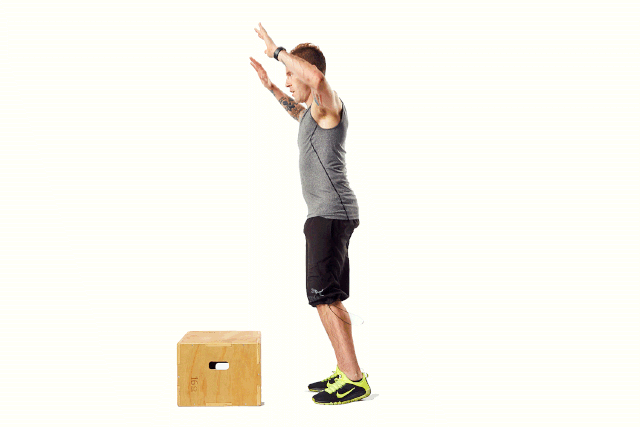
9. The half pistol squat is one of the most difficult squats becauseFor you only need one leg to keep balance. Even a semi pistol squatting in the strong can be a real challenge. So try this modification: do a regular squat, but use the toes of one foot to keep balance and make the other foot work harder. As you progress, you can also put your chair behind you for support.
10. Jack plank run
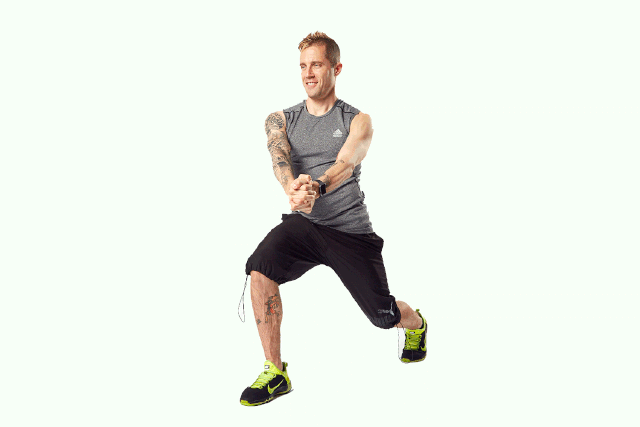
11. Climbers think this is basically a bipedal climber. For the full version, you start on a board, jump your feet to your hands, and then jump back to the board. Talk about core training! But if you feel too much on the knee, let your foot pass the action instead of jumping.
What do you think?
